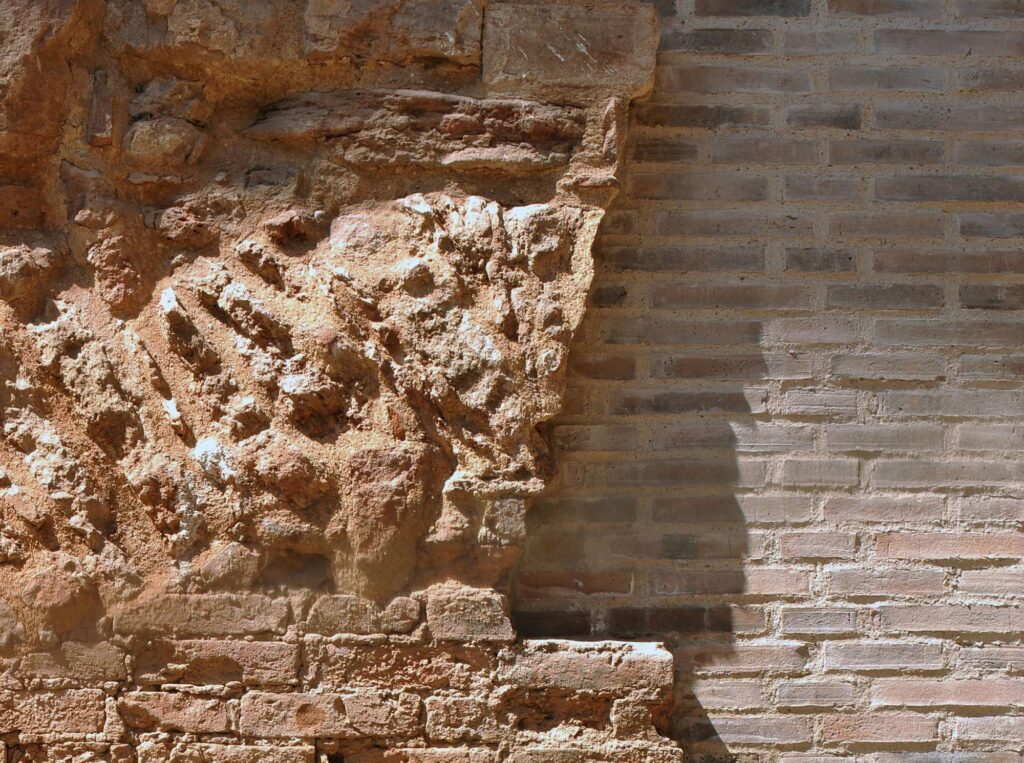Architecture & Geology

Architecture and Geology gathers together thoughts arising out of a one day Drawing Matter Colloquium held at St Catherine’s College, Oxford, in January 2017. The Colloquium was inspired by a lecture given in 1859 by James Parker to the Oxford Architectural Society entitled ‘Architecture and Geology’. He explicitly linked the development of the earth’s crust with the development of Gothic architecture and claimed that there was ‘a connection in the very grammar of the two sciences’.
The Colloquium attracted a distinguished team of speakers from different fields who are currently investigating geological ideas in relation to architectural themes, whether directly or indirectly. The papers given by the speakers are part of their ongoing research and will be published accordingly in various books and articles.
Appearing as a science towards the end of the eighteenth century, the history of geo-logia stretches back to the ancient Greeks. Its interface with architecture over the centuries can be traced in many forms, from the qualities of stones used to construct buildings to the laws of creation that might govern them. One of the preoccupations of nineteenth century theorists was find ways of equating the newly discovered geological with architectural timescales: issues around scale and duration appear when architecture and geology occupy the same page. The arrival of the ‘Anthropocene’ geological epoch has added new questions to how architecture addresses the earth upon which it stands – and invites further speculation through drawing.
Texts:
Design Earth by Rania Ghosn and El Hadi Jazairy
Viollet-le-Duc: Mont Blanc by Martin Bressani
Architecture and Geology: A perspective from contemporary architectural practice by William Mann
George Wilkinson: Building on the Stones of Ireland by William Taylor
Loggia Mercato Nuovo, Florence by Lauren Jacobi
